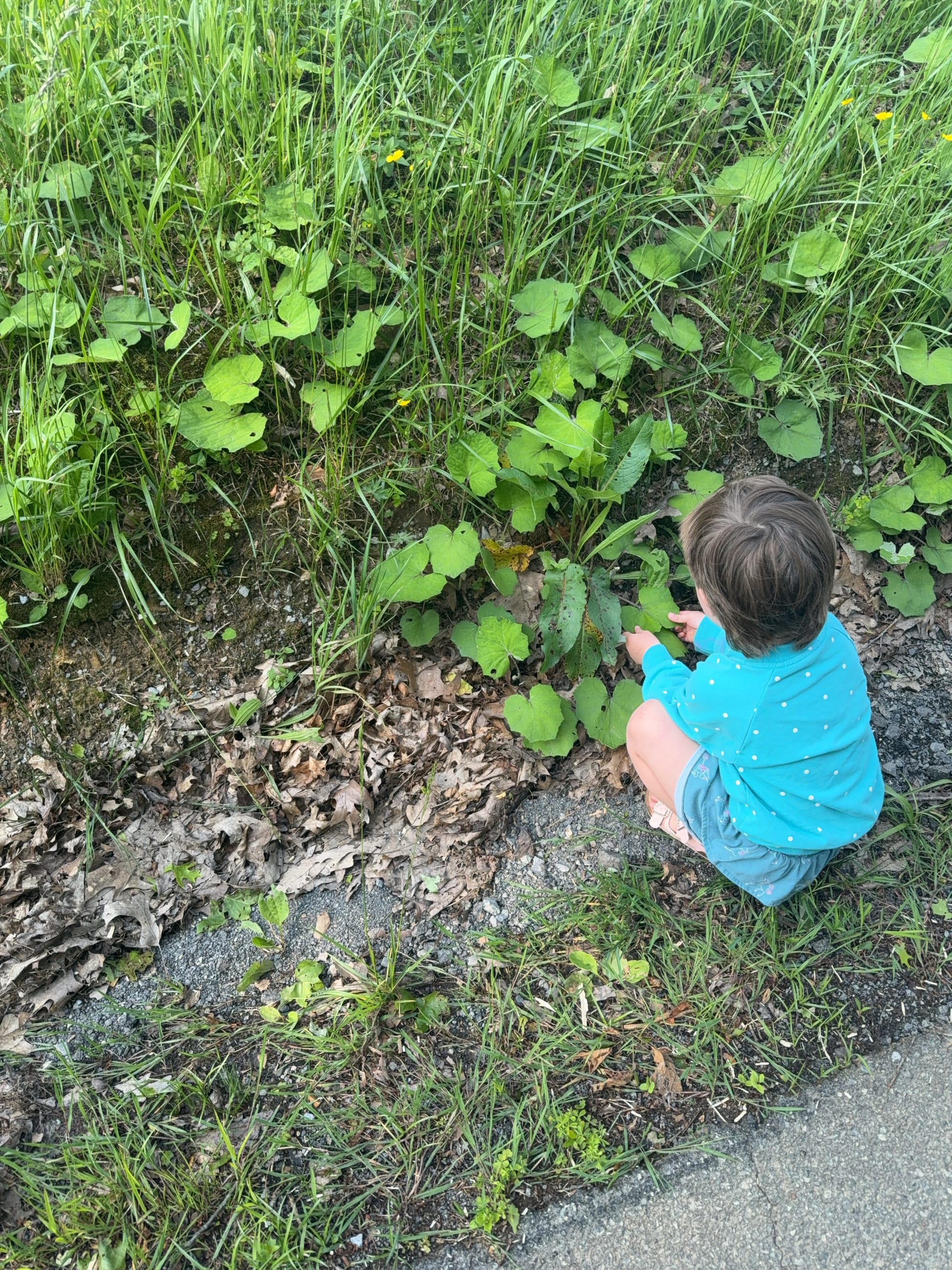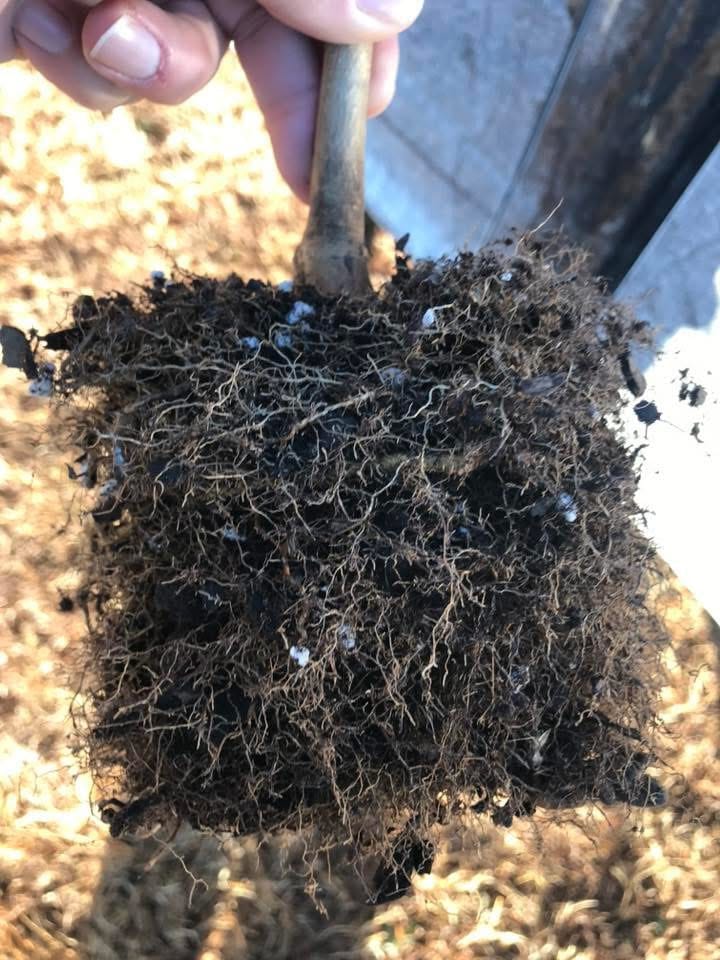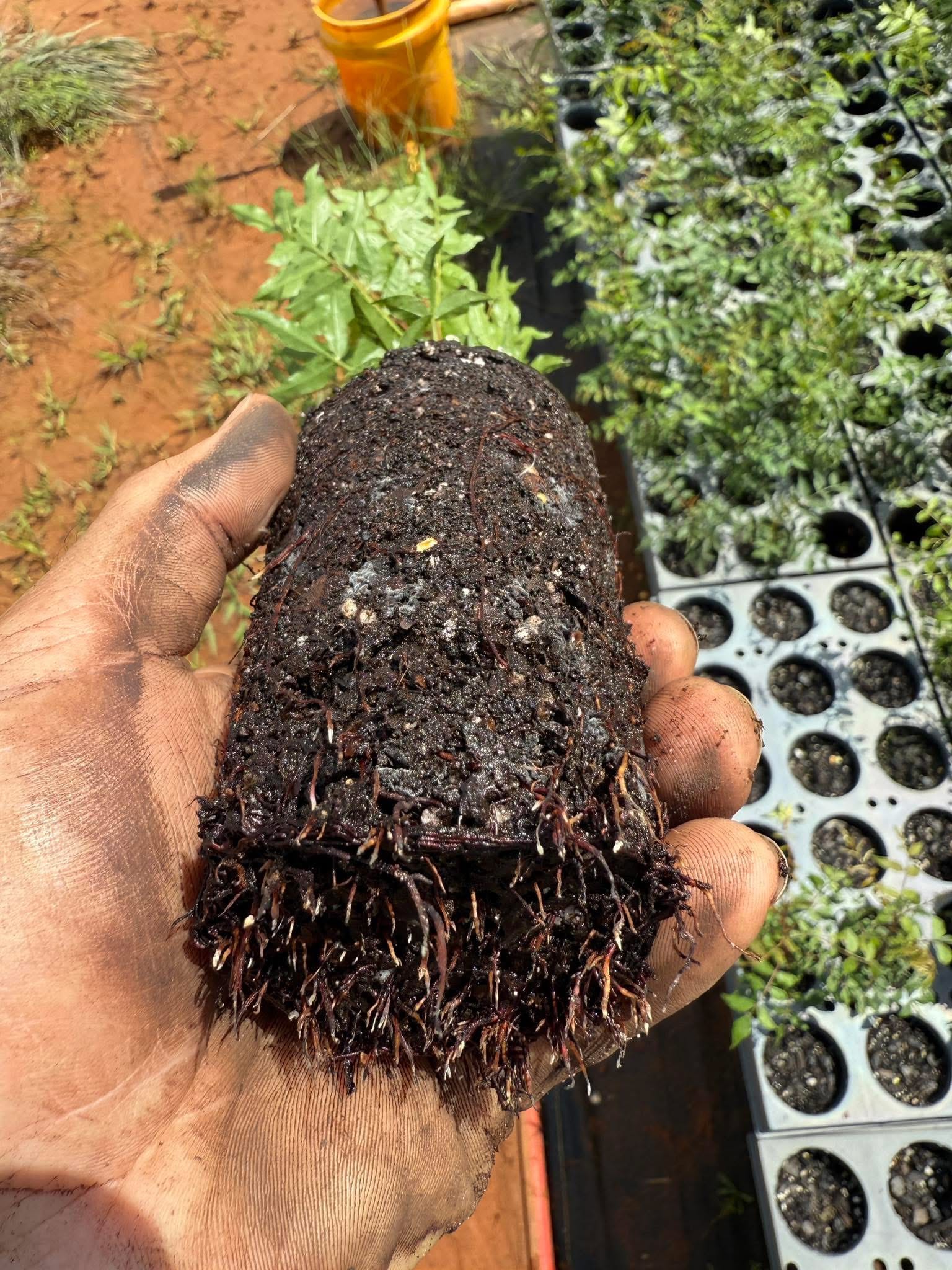Starting Guide to Tree Nursery

Hey folks, Goldberry Grove here 🌱; getting real about our next big move: launching a nursery alongside our orchard this fall in the New River Gorge.
We're not just growing produce; we're growing food sovereignty for the whole community. Here's Nursery 101, with all the logistics and lessons we're digging into before we sow that first seed.
🌱 1. Sourcing Seeds & Starters
- Local genetics? Always. Grafting varieties that have already proven themselves in West Virginia gives us resilience and a head start.
- Trusted partners. We're connecting with regional native plant preserves and universities (WVU Extension, NC State, etc.) to source healthy seeds and scions.
- Certified seeds. Especially for edibles, disease-free stock is key; more science, less guesswork.

🚚 2. Backup Plans & Partnerships
Picture this: a fungus hits your first-year series and half the order fails. Nightmare, right?
So we're partnering with:
- Local farmers & nursery co-ops for emergency plug plants.
- Master gardener groups for rapid replanting help.
- Other nurseries as our contingency; overhead support for last-minute replants. (as local as possible)
- Fulfillment backup via farmer networks, ensuring orders go out even if we hit roadblocks.
Risk management means planning for things to go sideways.

🌿 3. Root Health: Air Pruning vs. Traditional Pots
Air pruning;using special pots or trays with open sides or bottoms;prevents circling roots and encourages fibrous, extensive root masses essential for transplant success.
- Pros: Better nutrient and water uptake, reduced transplant shock.
- Cons: Higher cost, more frequent watering, limited taproot development.
Tap-rooted trees (like oaks, walnuts) can struggle if pruned too early. But air-pruning systems balance taproot development with extensive branching, making transplanting feasible even for tougher species.
Bottom line: We'll use air pruning for most small shrubs & trees but offer traditional, deeper cloth pots for the tap-rooted heavyweights, potentially including bare-root options.


🌡️ 4. Climate Fit: WV vs. Local Conditions
Just because a plant thrives elsewhere in West Virginia doesn’t guarantee it'll thrive here in the Gorge:
- Microclimate mapping; examining frost pockets, rainfall patterns, and wind exposure unique to our location.
- Zone checks; cataloguing nursery species by USDA zones, elevation tolerance, soil preferences, and moisture needs.
- Trials; small-scale grow-outs this fall to identify the best-suited plants.
Not everything will thrive here; especially species needing heavy soils or full afternoon sun; so we're refining our catalogue accordingly.
📋 5. Nursery Setup: What You Actually Need
Based on reliable sources, here's our essential checklist:
- Clean propagation space, possibly a polytunnel or greenhouse.
- Reliable water source & irrigation systems;drip for plugs, overhead for larger plants.
- Infrastructure & permits;nursery licensing, liability insurance, storage and workspace.
- Record-keeping & inventory systems;to track exactly what we've grown and sold.
- Integrated Pest Management (IPM);daily monitoring, resistant plant selections, good hygiene, and mulching practices.
✅ Green Light Checklist Before Fall Planting
- Seed sourcing confirmed with backups for failed germination.
- Containers ordered: air-prune trays, deep pots, and bare-root bins.
- Partnership agreements in place for emergency supplies and order fulfillment.
- Microclimate validation through test plots and species evaluations.
Permits secured and nursery area prepped: irrigation, workspace, record systems, and IPM plan established.
Final Thoughts from Goldberry Grove
Starting small is wise. Many nurseries begin with minimal resources;just seeds and determination. We're stepping into this with clear goals: feed our community and foster food security at scale.
We'll keep iterating;experimenting this fall, refining next spring, and continuously adapting based on what thrives best in our unique conditions.
Let’s build resilience, one plant at a time.
Curious about particular species, container types, or sourcing partnerships? Reach out;we're excited to share and learn alongside you.

